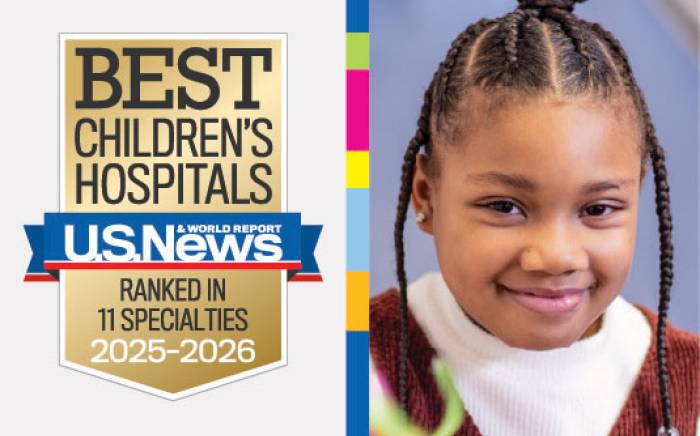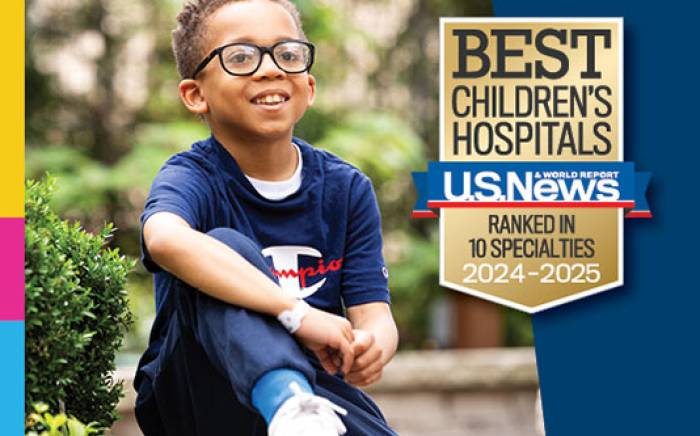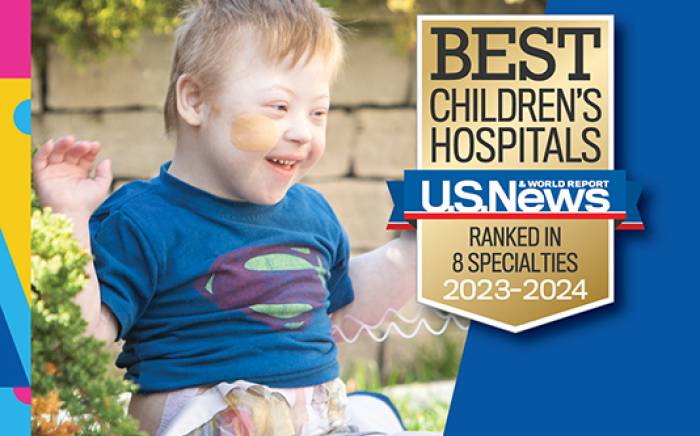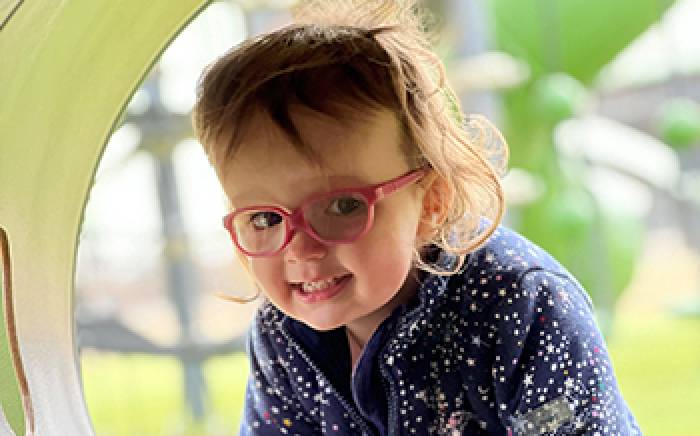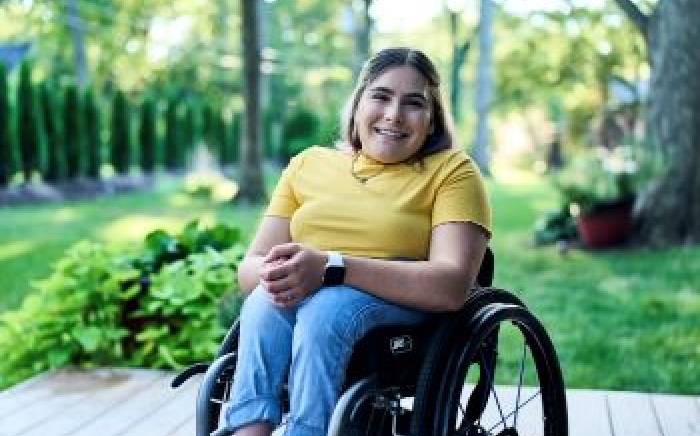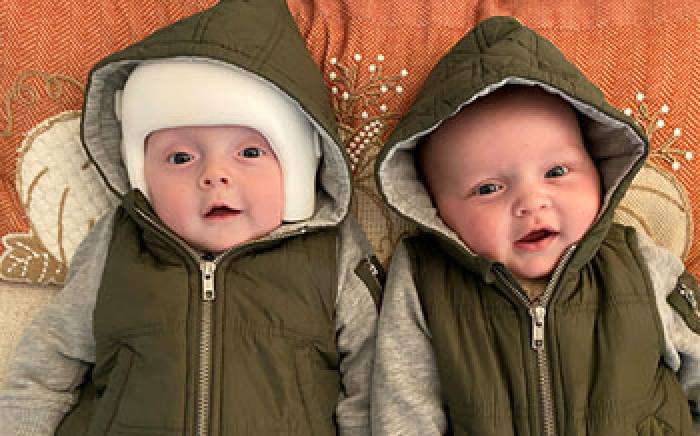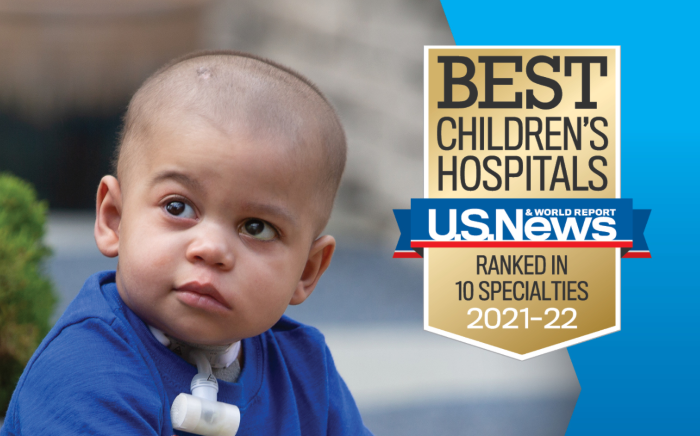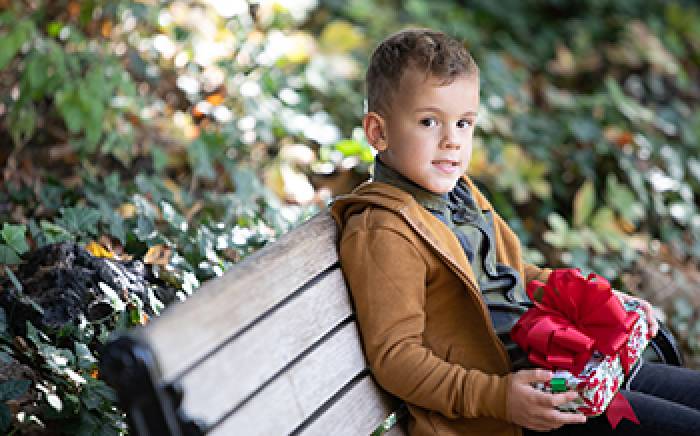A baby's first step is a proud and joyous milestone for moms and dads, but for parents of a child with cerebral palsy, it can represent a dream that may go unfulfilled.
Three-year-old Sa'Reena Kyle overcame exceptional obstacles before she learned to walk. It may have happened later than most kids, but she is walking tall now -- and quickly catching up with her peers.
Sa’Reena was born three months prematurely, along with a twin who did not survive. Shortly after her birth, her tiny body suffered severe brain hemorrhaging. Doctors implanted a series of shunts to remove fluid from her brain, but Sa’Reena’s mom was told the infant likely would have some degree of cerebral palsy (CP). CP is the result of damage to the area of the brain that controls muscle tone and movement in the arms and legs. For kids with CP, the spinal cord dominates muscle control, rather than sharing control with the brain. This makes the limb muscles too stiff, or "spastic".
It was at six months of age that doctors confirmed Sa’Reena’s CP. Sa’Reena’s mom, Lela, says despite beginning occupational therapy, her daughter’s condition continued to get worse. "We saw the tone building in her legs, and the older she got, the worse the tone got."
Sa'Reena's therapist suggested the child come to St. Louis Children's Hospital to be evaluated for the only treatment that effectively and permanently reduces stiffness in the muscles of the lower extremities. It’s called a selective dorsal rhizotomy. The result is dramatic progress in motor skills in children with CP, including standing, sitting and walking. T.S. Park, MD, neurosurgeon-in-chief, has performed over 1,000 SDRs at St. Louis Children’s Hospital, and is one of the preeminent neurosurgeons in the world who perform this procedure.
In an SDR, nerve "rootlets" that are responsible for causing stiffness are identified and cut, leaving normal nerves in tack. Stiffness lessens immediately after surgery, and with post-surgical therapy, motor skills can dramatically improve, depending on the type and extremity of spasticity.
Before coming to St. Louis, Lela sought information about the procedure on the Internet. "I learned that Dr. Park is the best in his field; so that made me feel better."
Just after Sa’Reena’s third birthday, her family drove to St. Louis from their Kansas City home July 21, 2003 to meet Dr. Park. He determined she would be a good candidate for a selective dorsal rhizotomy. Lela gave his recommendation a lot of thought over the next few days, taking into account that any surgical procedure entails risk.
"I was nervous because of the possibility of her being paralyzed," she remembers. "But the more I thought about it, I knew it would be my fault later on if I didn't give her this chance in life."
Sa'Reena's surgery took five hours. Her recovery was rapid. "When she got to get out of bed and rode in a wheelchair, she really wanted to get out, and soon she was up on all fours in the hands and knees position. They say it usually takes longer."
And just months later, she took her first steps.
Now, Sa’Reena is walking, playing and keeping pace with the rest of her playmates. She continues to undergo physical therapy and may require a hamstring release operation as she grows. Her overall prognosis is very good.
Lela sometimes speaks with other parents of young children with CP, and recommends considering SDR at St. Louis Children's Hospital for those with spasticity in the lower extremities. "I tell parents it's a risky surgery. So you have to look up information and learn all you can.
"But if you have a child who is eager to get up and move around -- and cannot because of CP -- they really should look into this (SDR). In my case, I'm very pleased. It was the best thing I could do for my child."

